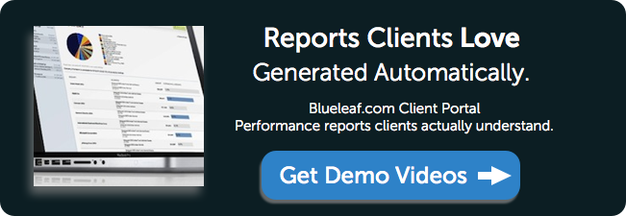Last Updated on July 20, 2020 by Carolyn McRae
 Do you claim to be “transparent”?
Do you claim to be “transparent”?
Several years ago, while serving on a charitable organization investment committee, I was involved in the process of interviewing firms to manage funds that were being accumulated for construction of a building a few years away. One of the other committee members wanted us to talk with a wealth management guy from one of the big banks.
During the phone interview he used the word ‘transparency’ several times. Towards the end of the conversation, I asked him to put some of his promises about costs and assumptions in writing. He hemmed and hawed and basically said he had never been asked to do that because his clients trusted him.
That is backwards, in my opinion. His clients may have trusted him, but only based on the assertion of transparency that he was actually unwilling to provide.
Transparency (or in this example, the appearance of it), provides the impetus for trust to develop.
It’s a critical part of our work, and it’s not something you can fake. When it comes to being transparent, are you talking the talk, without walking the walk?
For me, transparency has been a core component of our business from the start. Our firm is the oldest fee-only financial planning firm located in South Carolina (1982). I formed the firm to provide an alternative to dealing with traditional financial service firms where transparency was not high on the list of priorities. These firms are very adept at carefully crafting their messaging to infer transparency and perhaps even giving the feel of transparency without actually operating in a transparent way.
For the past several months we have been asking clients during their meeting what they value most among the both tangible and intangible things we do for them. Almost without exception, most say something about honesty and transparency. Some may simply say that they trust us, but again I think that follows the long history of open dealings.
As I wrote in a recent post on my blog: 
Transparency can sometimes be enhanced by technology. One of the reasons we use Blueleaf for our portfolio reporting is the highly transparent nature of this tool. Clients receive a simple, easily understandable report every week in their inbox. They know where their money is, the allocations and current values. We also have the ability to aggregate other investment / retirement accounts with Blueleaf that make this connection even more valuable.
We have always taken the definition of client seriously. Webster’s says a client is “one under protection of another”.
I fail to see how you can protect without transparency. Can you?
